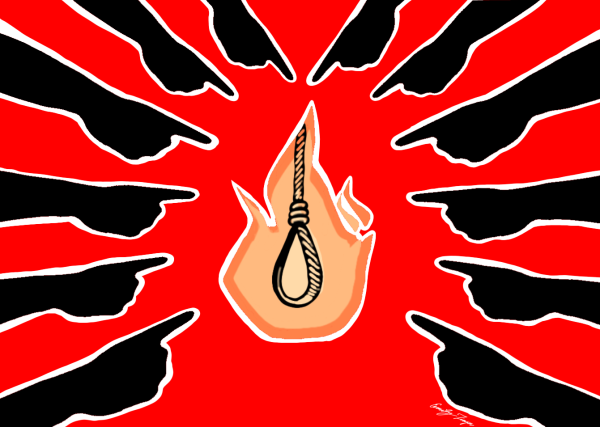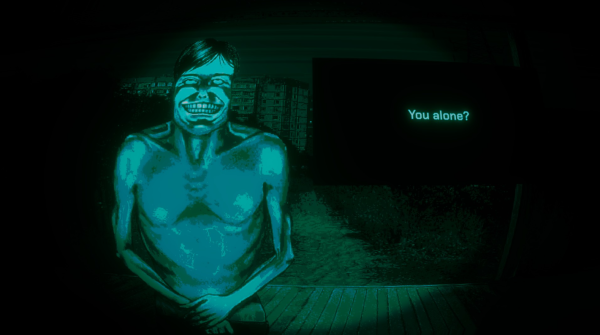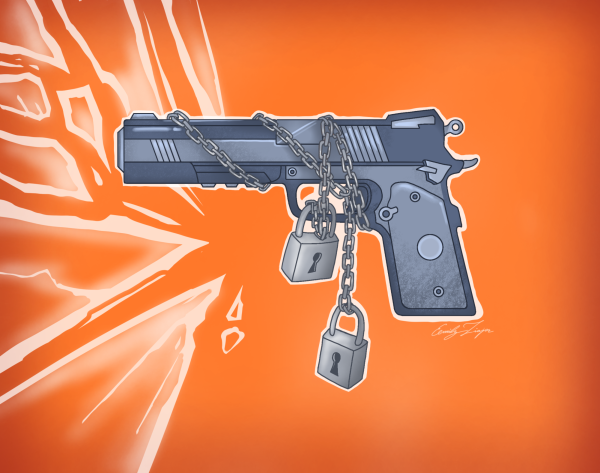Little college on the prairie
Ladies and gentleman, let’s talk about the prairie. You’ve no doubt noticed it, looming over there in the corner of campus, sandwiched between the parking lot and Lambert Road; the spot the landscapers forgot to mow. It’s full of bugs and critters, pollen to stuff your nose and ticks to bite your ankles. And guys, we wouldn’t have it any other way.
The Russell R. Kirt Prairie, in the middle of campus, and the Ecological Study Area, on the east end, are just two of College of DuPage’s Natural Restoration and Preservation Areas. The projects, started in 1985 and 1975 respectively, exist because of a simple ideology: the natural history of Illinois is a valuable thing. It is good, the project founders reasoned, to try and preserve a tiny microcosm of the way things were before we tore it down and built our subdivisions, parking lots and taxpayer subsidized wine collections. We can study them, and in doing so understand the history of this land, how it relates to the present, and how our current actions might affect our future — lessons no one has ever learned from a suburban turf field. For years, the college recognized these lessons and invested in them.
Today though, these tiny connections to our history are threatened. Invasive species are dominating the small areas we’ve set aside. Years without the periodic burnings that allow prairies to thrive have choked the plant life and prevented full, dramatic blooms. Over the years, we’ve seen a gradual reduction in the areas dedicated to preservation and study. Areas on the east side of campus have been converted into turf fields. There was a time when we had a natural areas manager, whose job it was to take care of these fragile ecosystems. Not any more — it’s just the biology department and the occasional care from the grounds crew.
This shouldn’t be much of a surprise, given the attitude of college administration.
“It looked like ‘Little House on the Prairie’ five years ago,” President Robert Breuder told Crain’s Chicago Business last year, referring to the College of DuPage’s campus prior to recent construction projects. “No 17-year-old wants to move in with Laura Ingalls.”
They might, Dr. Breuder, if you took the time to teach them why they should. To flippantly dismiss the value of the prairie because it isn’t as easily marketed in a pamphlet reveals a completely perverse ideology, one which prioritizes shallow aesthetic appeal over actual academic value.
Teaching someone how something benefits them in a less-than-obvious way is one of the basic functions of an institution of learning. In the same way that a child learns that vegetables are good for them, even if candy is initially more appealing, so too might a student body come to understand the intricate beauty of natural ecosystems, especially in a suburban environment so comfortable with dismissing them.
But that requires valuing the Earth more than just a disposable canvas onto which we might expand indefinitely, something the administration has proven it is unwilling, or unable to do. It is no surprise that the man leading them is the same who once told The Courier that financing big-game hunting is the reason he comes to work in the morning. He likes perfectly manicured turf lawns and bronze statues in the middle of well-groomed, deserted plazas. That’s where his passions lie: the domination of nature. Power, not love.
That being said, he does have a point — most of us don’t really understand why we have a prairie and why we should protect it. So let’s change that. Let’s take back our heritage, our history and the history of the land upon which we live. There might come a day when there is no accessible prairie left, when we accept that the average COD student can easily live their life in a suburban desert, never hearing the buzz of grasshoppers in a field or seeing the bloom of wildflowers in a sea of wild grass.
Let’s try to put that day off as long as possible. Little college on the prairie. It has a nice ring to it, doesn’t it?









Peter Chen • Dec 11, 2014 at 5:23 am
The Kirt Prairie is indeed a unique asset to COD: no other college has a restored prairie of this size within walking distance of classroom buildings.
UIC has the Woodworth Prairie in Glenview, at least 15 miles from campus; Wisconsin-Madison has the Curtis Prairie, a couple of miles off campus.
The Kirt Prairie is an invaluable asset that has hosted numerous field trips by Biology and Botany classes, and is the site of ecological studies conducted by faculty from COD as well as other local colleges.
I hope we can fill the vacant natural areas manager position to maintain this unique treasure.
Peter Chen
Adjunct Instructor, Biology